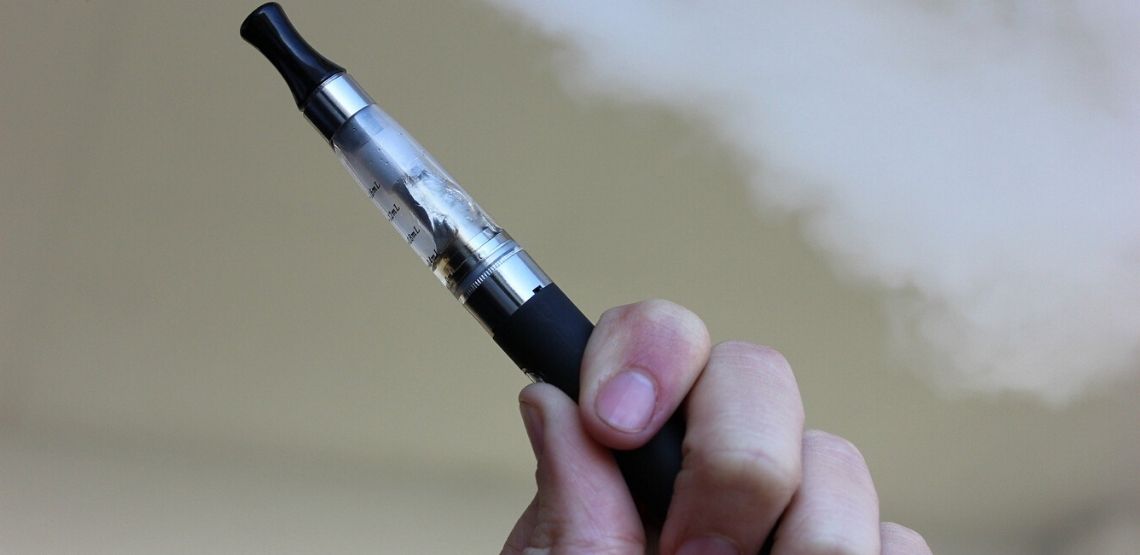Is Vaping Bad for You?
Vaping was introduced to the world in 2003 when it first appeared in the Chinese market. Initially marketed as a smoking cessation tool, vaping has now become an addiction tool that has caused an outbreak of lung injuries across the world. This poses a common question: is vaping bad for you?
Vaping is the most commonly used form of nicotine among youth today in the U.S. and Canada. Many users turn to vaping to ease their transition from cigarettes to no smoking, but most teenagers use it out of curiosity or because they believe that these products are less harmful than conventional cigarettes.
The FDA does not approve an e-cigarette as a quitting aid for tobacco smoking. There is also a lack of any conclusive scientific evidence on its effectiveness for long term smoking cessation. Research also shows that vaping may have a negative impact on health.
What Is Vaping?
The act of inhaling vaporized liquid is called vaping. E-cigarettes, vape pens, vape pods and Juuls are all basically the same thing. They are battery powered devices with an atomizer, which heats the e-liquid in a cartridge that stores the flavored e-liquid. The coil attached to the atomizer tank is powered by the battery to vaporize the liquid, allowing the user to "vape" or inhale the aerosol vapors.
Vaping limits the user’s exposure to many harmful chemicals and particulate matter. This is why it is considered safer than conventional cigarette smoking. However, e-cigarettes are considered tobacco products because the constituents of e-liquid or e-juice are made with bases like propylene glycol and flavoring. The e-liquid also contains many harmful ingredients like volatile organic compounds, ultrafine particles and heavy metals such as lead, tin and nickel.
The CDC and FDA warn people against purchasing e-cigarettes or vaping products from informal sources like friends, family, or in-person or online dealers. They further recommend not to modify or add any substances, such as THC or other oils, to vaping products.
Why Do People Vape?
Vaping is not always used as a way to stop or cut down smoking. Nowadays, more people are indulging in this activity for fun compared to using it as an alternative to smoking.
Many young people are not aware that e-cigarettes contain nicotine and they get dragged to its alluring advertisements due to the variety of e-liquid flavors. Many of them indulge in vaping for pleasure, also knowing that it is a safer alternative to smoking.
Some people switch to vaping as a cheaper option to nicotine addiction. Juul is one of the top selling brands of e-cigarette in U.S. and a single unit is supposed to contain as much nicotine as 20 cigarettes.
Health Risks Associated With Vaping
E-cigarettes can benefit some adult users, who are not pregnant, to quit smoking. However, a study reveals that e-cigarette users are less likely to quit smoking than those who do not use e-cigarette.
Although, vaping is considered less harmful than traditional combustible cigarettes, there are still many known risks of vaping such as:
- Addiction
- EVALI (e-cigarette associated lung injury)
- Lung disease and bladder disease
- Higher risk for developing COPD and asthma
How to Quit Vaping
To quit a product that was meant to help you quit smoking might sound weird, but e-cigarettes are designed in such a way that they are more addictive and harder to quit than combustible cigarettes.
Many users are trying hard to kick their vaping addiction. Managing the withdrawal symptoms like cravings, depression and irritability is the key to a successful quitting journey. You can try some of these steps to help you quit:
Get support for vaping addiction. Getting help from a professional who has experience with smoking cessation makes the road ahead easy and effective for you. There are many websites like smokefree.gov and lung.org which help you develop a quitting plan and gives you information and resources to move ahead.
Know the health risks associated with vaping. Knowing the health risks of vaping often works as the first step to motivate you and helps you end your addiction.
Seek professional help and set a quit date. Online support groups and apps are helpful, but to meet a cessation expert in person can be impactful too. Also, regular follow ups and counselling increases the chances of quitting permanently.
Nicotine replacement options. Weaning off an addiction is not everyone’s cup of tea. If such is the case, you can try nicotine replacement therapy. When a nicotine craving strikes, you can use a nicotine patch, lozenges, gum or nasal spray.
Go cold turkey. QuitGo inhaler looks and feels like a cigarette and helps you to cope with cravings as it delivers nicotine-free and pure air with flavorings and pyruvic acid (an organic acid found in the human body). It is a nicotine-free way to help you overcome the urge to smoke.
Indulge in activities. Distraction will help you turn away from those constant cravings.
Article Resources
- John's Hopkins Medicine (5 Vaping Facts You Need to Know)
- CDC (Outbreak of Lung Injury Associated with the Use of E-Cigarette, or Vaping, Products)
- The Washington Post (What we know about the mysterious vaping-linked illness and deaths)
- Medical News Today (Are e-cigarettes a safe alternative to smoking?)
- American Lung Association (E-Cigarettes)
- New York Times (Vaping Illnesses Climb Upward, Nearing 1,300 With 29 Deaths)
- NIH (Vaping Devices (Electronic Cigarettes))
- Smash E-Liquid (9 Reasons Why People Start Vaping)
- U.S. Department of Health (Know the Risks)
- The Lancet (E-cigarettes and smoking cessation in real-world and clinical settings: a systematic review and meta-analysis)
- FDA (Vaping Illness Update)
